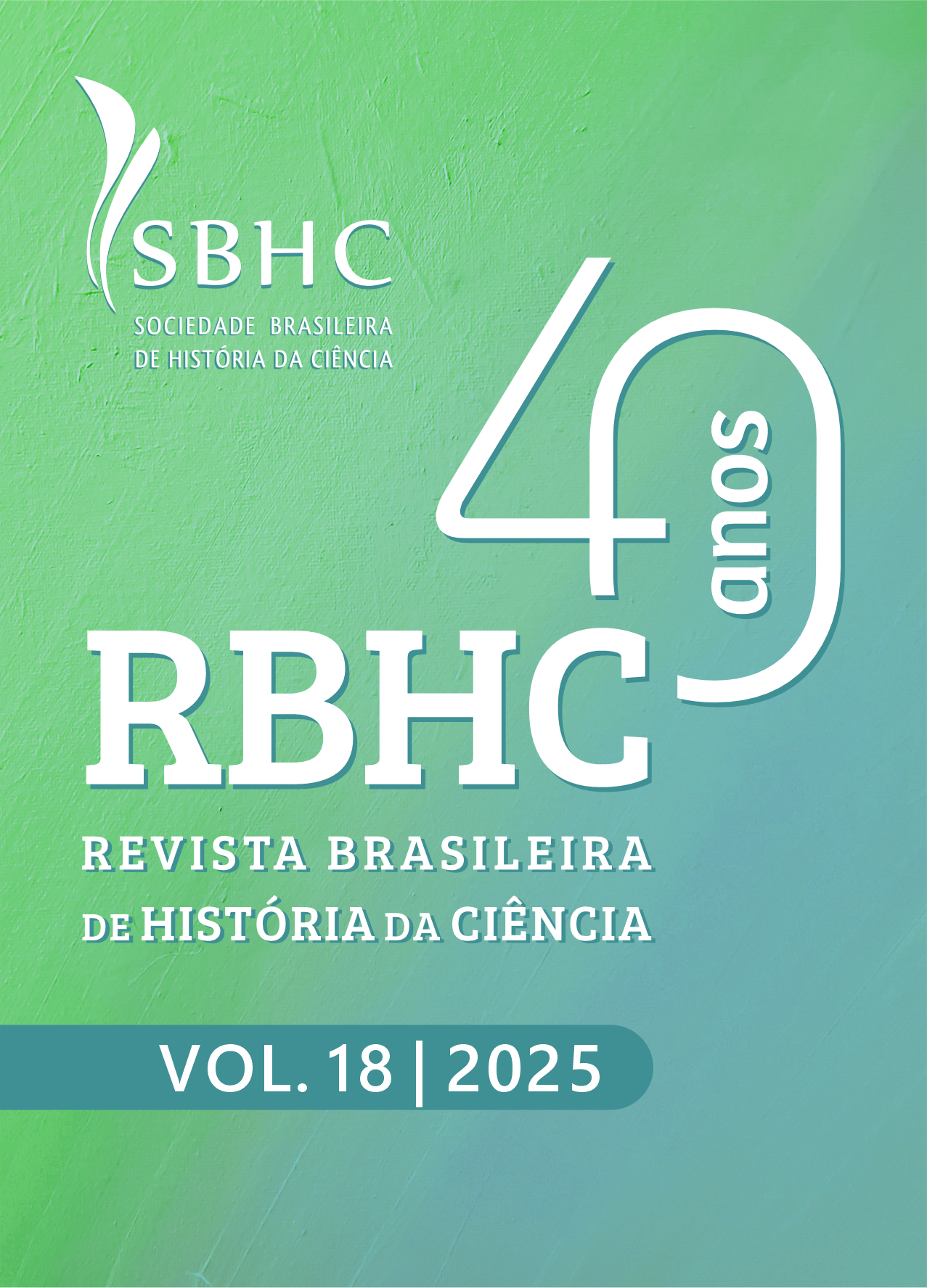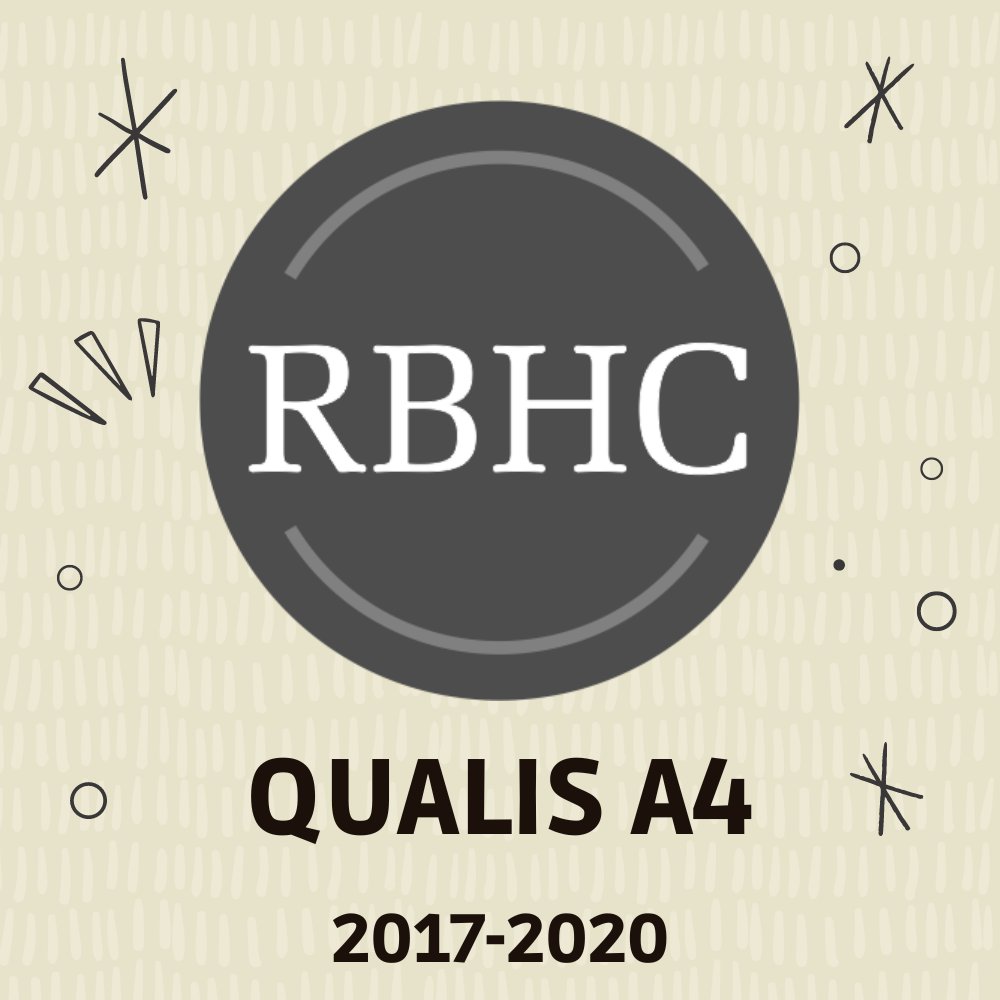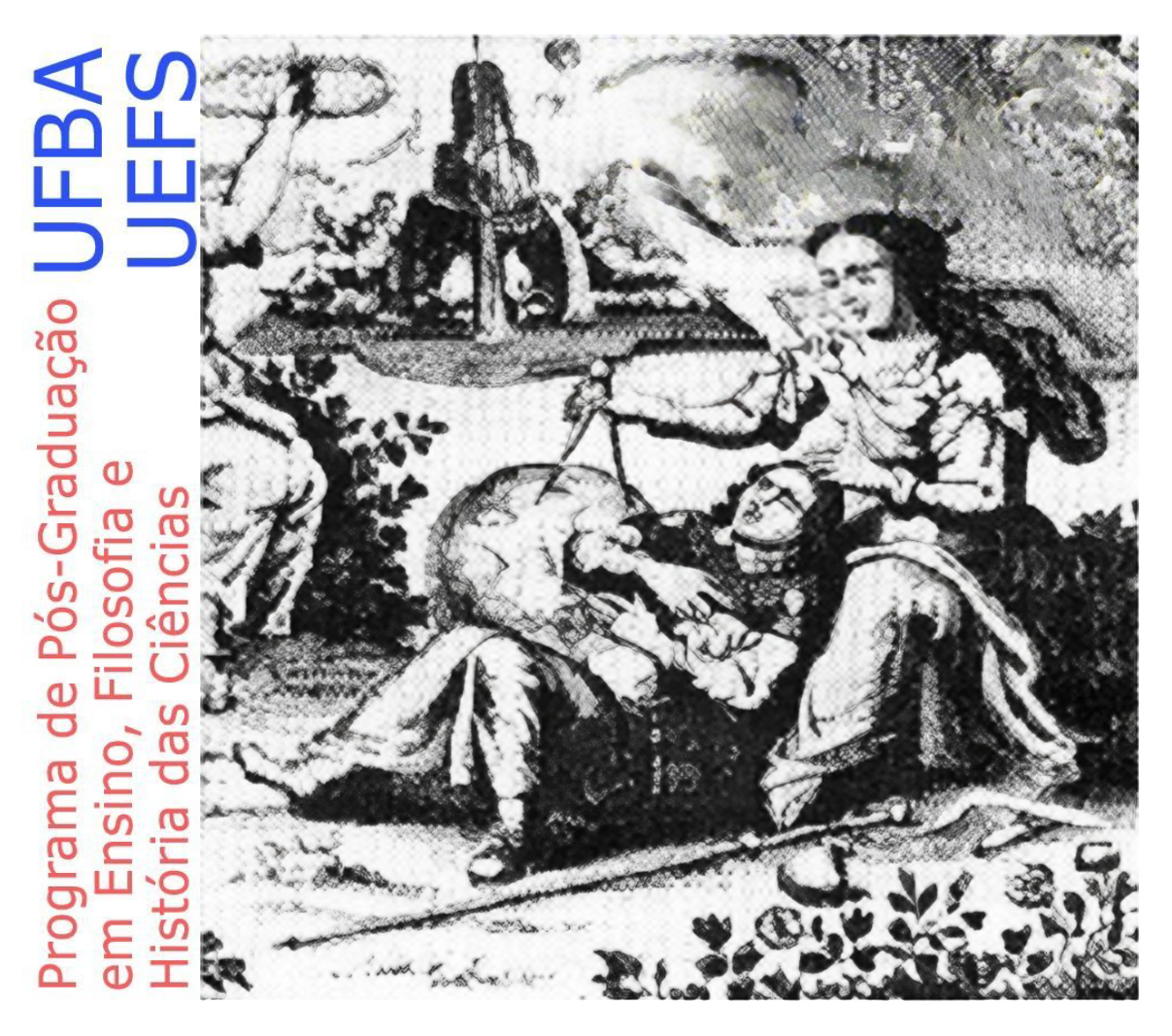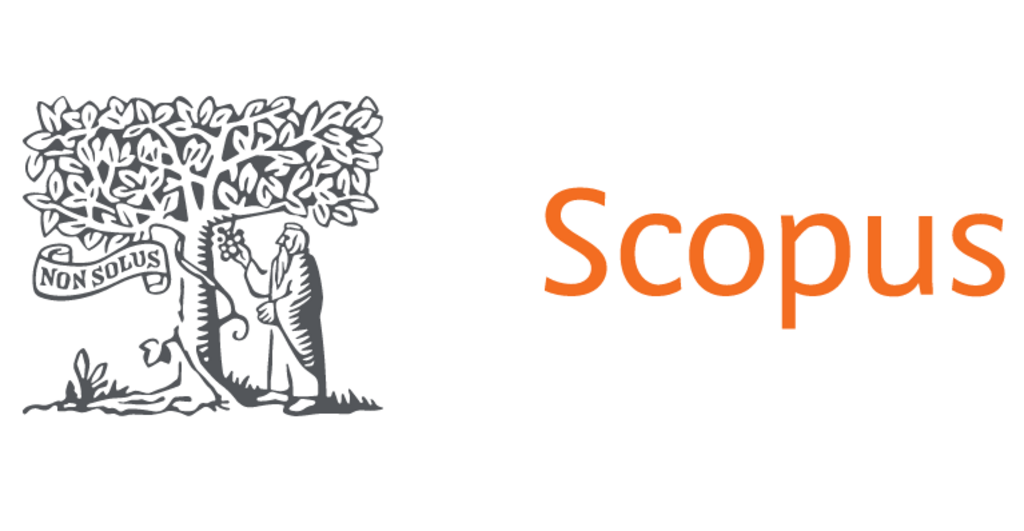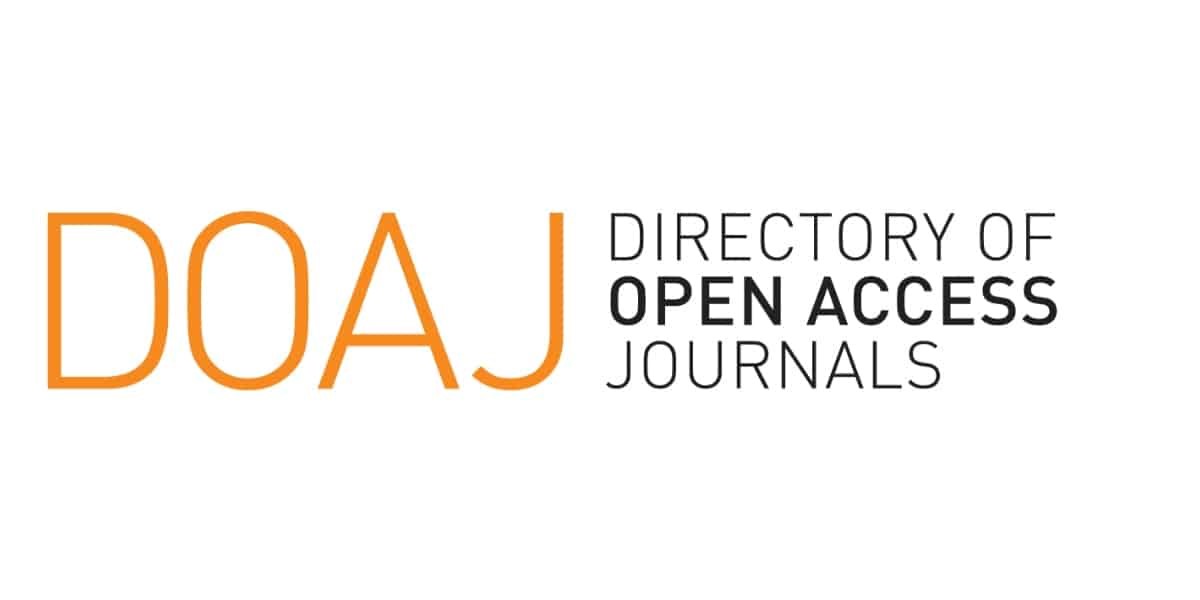‘Knowing how to explain’ and the construction of meaning: Wittgensteinian considerations of paradigms and “chemical affinity” as criteria for analysis.
Consideraciones Wittgensteineanas de los paradigmas y la ‘afinidad química’ como criterio de análisis
DOI:
https://doi.org/10.53727/rbhc.v18i1.1094Keywords:
Explanation, paradigm, chemical activity, languageAbstract
The purpose of this work is to present some Wittgensteinian considerations of paradigms in order to capture the essence of ‘knowing how to explain’: these paradigms are simple models that are indispensable in linguistic activities, illustrating the presence of a concept in typical and similar cases. They are tools that reinforce the security of conceptual usage without the need to undermine its existence through dogmatism driven by rigid definitions.
First, we clarify the sentence ‘knowing to explain’ emphasizing that, although explanation doesn’t always conform to a formal commitment in science, it’s essential for the conceptual clarification of its content. Next, we analyze the term “affinity”, to explore its broad relationship with different chemical language’s classes, highlighting mechanical, kinetic and thermodynamic visions. In this context, paradigms describe how “affinity” takes a critical and fluctuating position regarding to other terms such as “attraction”, “force” and “energy”. The task of discerning and associating these concepts carries responsibility of those who seek to maintain transparency in their use of language, recognizing, as in other areas, science can’t completely eliminate all ambiguities (Wittgenstein, 2017b).
Downloads
References
BERNAL, A.; DAZA, E. “On the Epistemical and Ontological Status of Chemical Relations”. HYLE - International Journal for Philosophy of Chemistry, 16(2), 80-103, 2010.
CARNOT, S. Reflexiones sobre la potencia motriz del fuego. Madrid: Alianza Universidad, 1987.
CORDUA, C. Wittgenstein: Reorientación a la filosofía. Santiago: Dolmen, 1997.
CORDUA, C. “Wittgenstein y los sentidos del silencio”. Estudios Públicos (69), 243-258, 1998.
DUHEM, P. Thermodynamique et chimie. Paris: Librarie Scientifique A. Hermann, 1902.
ESTANY, A.; IZQUIERDO, M. “La evolución del concepto de afinidad analizada desde el modelo de S. Toulmin”. LLULL, 13, 349-378, 1990.
GALAGOVSKY , L.; BERKERMAN, D.; DI GIACOMO, M. Enseñanza de la química: lenguajes expertos como obstáculos de aprendizaje. En C. Merino, M. Arellano, & A. Adúriz-Bravo, Avances en química: Modelos y lenguajes (Primera ed., págs. 107-117). Valparaíso: Ediciones Universitarias de Valaparaíso, 2014.
HABERMAS, J. Teoría de la acción comunicativa (Vol. 1). Ediciones Siglo XXI, 1981.
KNABENSCHUH DE PORTA, S. “Del espacio lógico a los espacios de incertidumbre. Wittgenstein, 1929-1933”. Revista de Filosofía (39), 7-24, 2001.
KUHN, T. La estructura de las revoluciones científicas (2.ª ed.). Fondo de Cultura Económica, 1976.
LE BLANC, M. Traité d'électrochimie. Racine: C. Naud, 1904.
LOMBARDI, O. “¿Acerca de qué nos habla la química? Nuevos argumentos a favor de la autonomía ontológica del mundo químico”. Revista Colombiana de Filosofía de la Ciencia, 13(26), 105-144, 2013.
MALAGÓN, F.; AYALA, M.; SANDOVAL, M. El experimento en el aula: Comprensión de las fenomenologías y construcción de magnitudes. Bogotá: Universidad Pedagógica Nacional, 2011.
MCGINN, M. Wittgenstein and the Philosophical Investigations. New York: Routledge, 2002.
MORENO, L. “Consideraciones sobre el cambio de referencia”. Congreso Teorías formales y teorías Empíricas : Aspectos fundacionales, ontosemánticos y pragmáticos, 583-594, 2001.
OSTWALD, W. L'évolution de l'electrochimie. Paris: Librairie Félix Alcan, 1912.
PAPINEAU, D. Theory and Meaning. Oxford: Oxford University Press, 1979. DOI: https://doi.org/10.1093/acprof:oso/9780198245858.001.0001
QUINTANILLA, M.; MERCADO, M. “Caracterización sobre explicaciones de docentes en servicio, acerca de la noción científica de disolución”. Educación Química, 33(3), 2022. http://dx.doi.org/10.22201/fq.18708404e.2022.3.81475. DOI: https://doi.org/10.22201/fq.18708404e.2022.3.81475
RAFFA, R.; TALLARIDA, R. “"Affinity": Historical Development in Chemistry and Pharmacology”. Bulletin for the History of Chemistry, 35(7), 7-16, 2010. DOI: https://doi.org/10.70359/bhc2010v035p007
SCHUMMER, J. “The chemical core of chemistry I: A conceptual approach”. HYLE. International Journal for Philosophy of Chemistry, (2), 129-162, 1998.
SUTTON, C. Los profesores de ciencias como profesores del lenguaje. Enseñanza de las ciencias, 21(1), 21-25, 2003. DOI: https://doi.org/10.5565/rev/ensciencias.3939
VAN FRAASSEN, B. C. The scientific image. Oxford University Press, 1980. DOI: https://doi.org/10.1093/0198244274.001.0001
VAN’T HOFF, J. Studies in chemical dynamics. London: Edward Arnold, 1896.
VELANDIA, D. F. La explicación científica como un problema del significado: La 'actividad química' como criterio de análisis de los usos del lenguaje para evitar los reduccionismos de la ciencia (Tesis de grado). Bogotá: Universidad Pedagógica Nacional, 2016.
WITTGENSTEIN, L. Gramática Filosófica. México: Universidad Nacional Autónoma de México, 1992.
WITTGENSTEIN, L. Observaciones Filosóficas. México: UNAM. Instituto de Investigaciones Filosóficas, 2008.
WITTGENSTEIN, L. Sobre la Certeza. Madrid: Editorial Gredos, 2009.
WITTGENSTEIN, L. Tractatus Logico-Philosophicus (1ra Edición ed.). (J. Muñoz, & I. Reguera, Trads.) Barcelona: Editorial Gredos, 2017a.
WITTGENSTEIN, L. Investigaciones Filosóficas (Primera ed.). (A. García Suarez, & U. Moulines, Trads.) Barcelona: Gredos, 2017b.
Downloads
Published
Issue
Section
License
Copyright (c) 2025 David Felipe Velandia Parra, Mario Quintanilla Gatica

This work is licensed under a Creative Commons Attribution-NonCommercial-NoDerivatives 4.0 International License.

